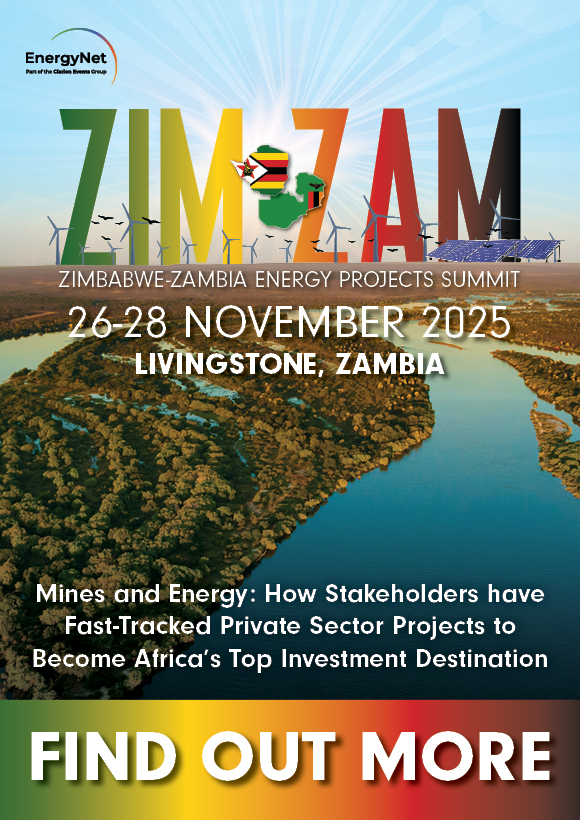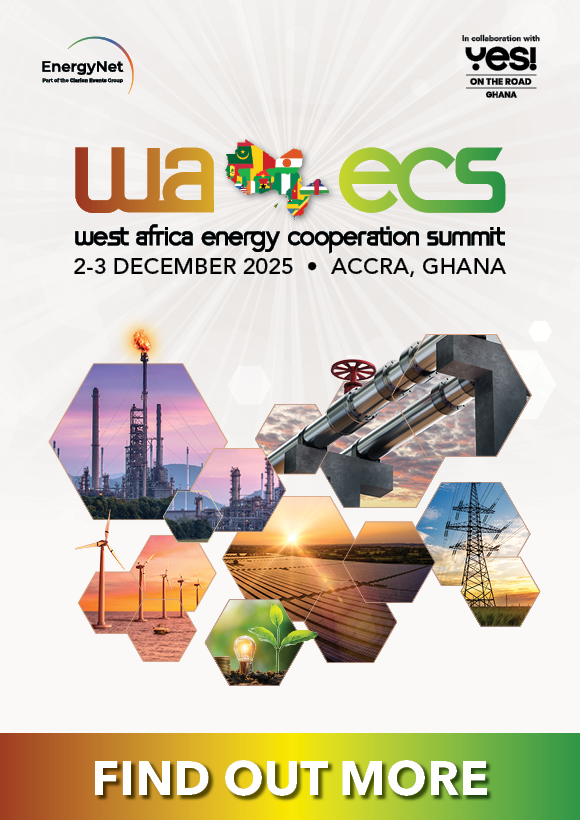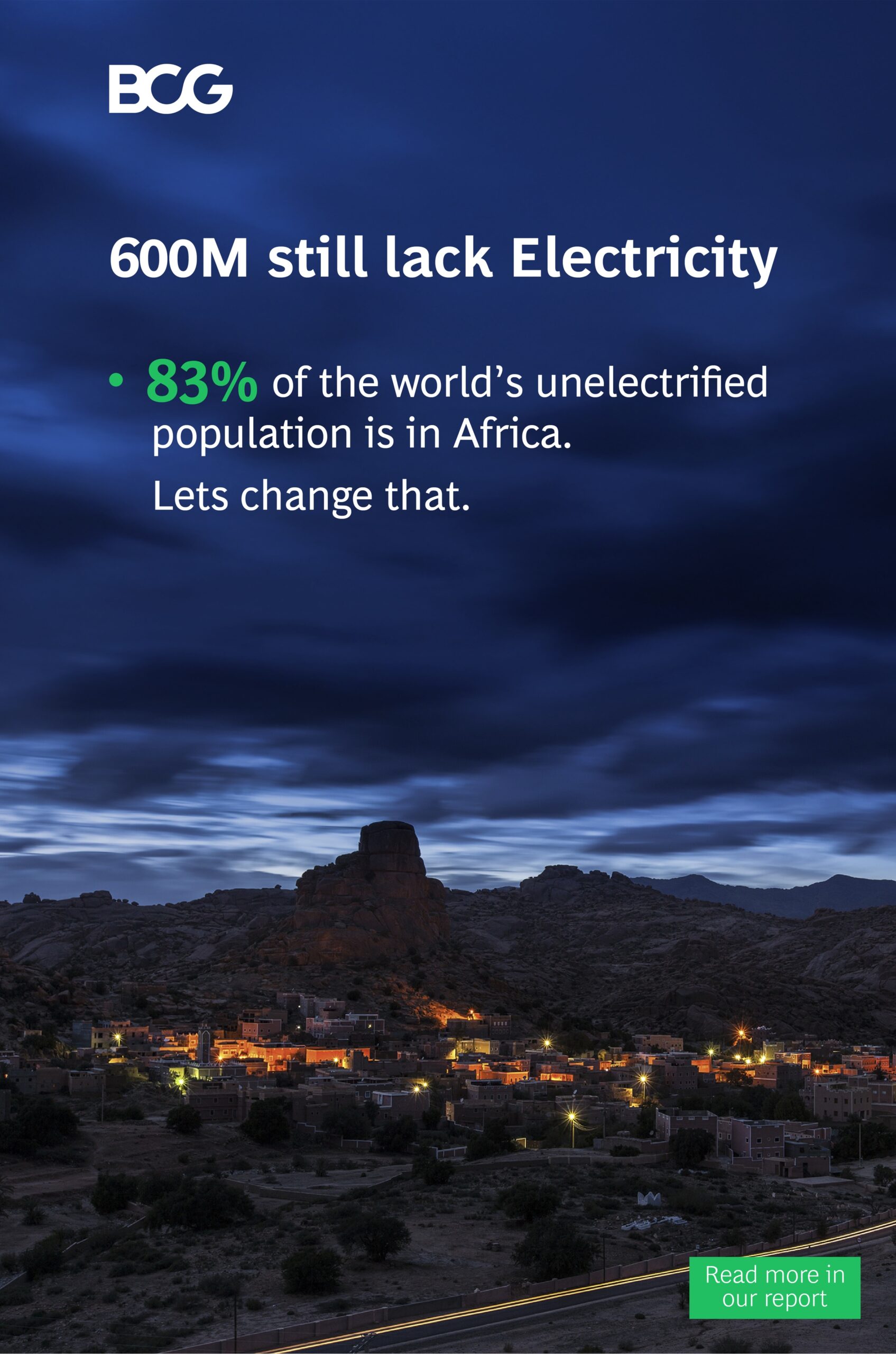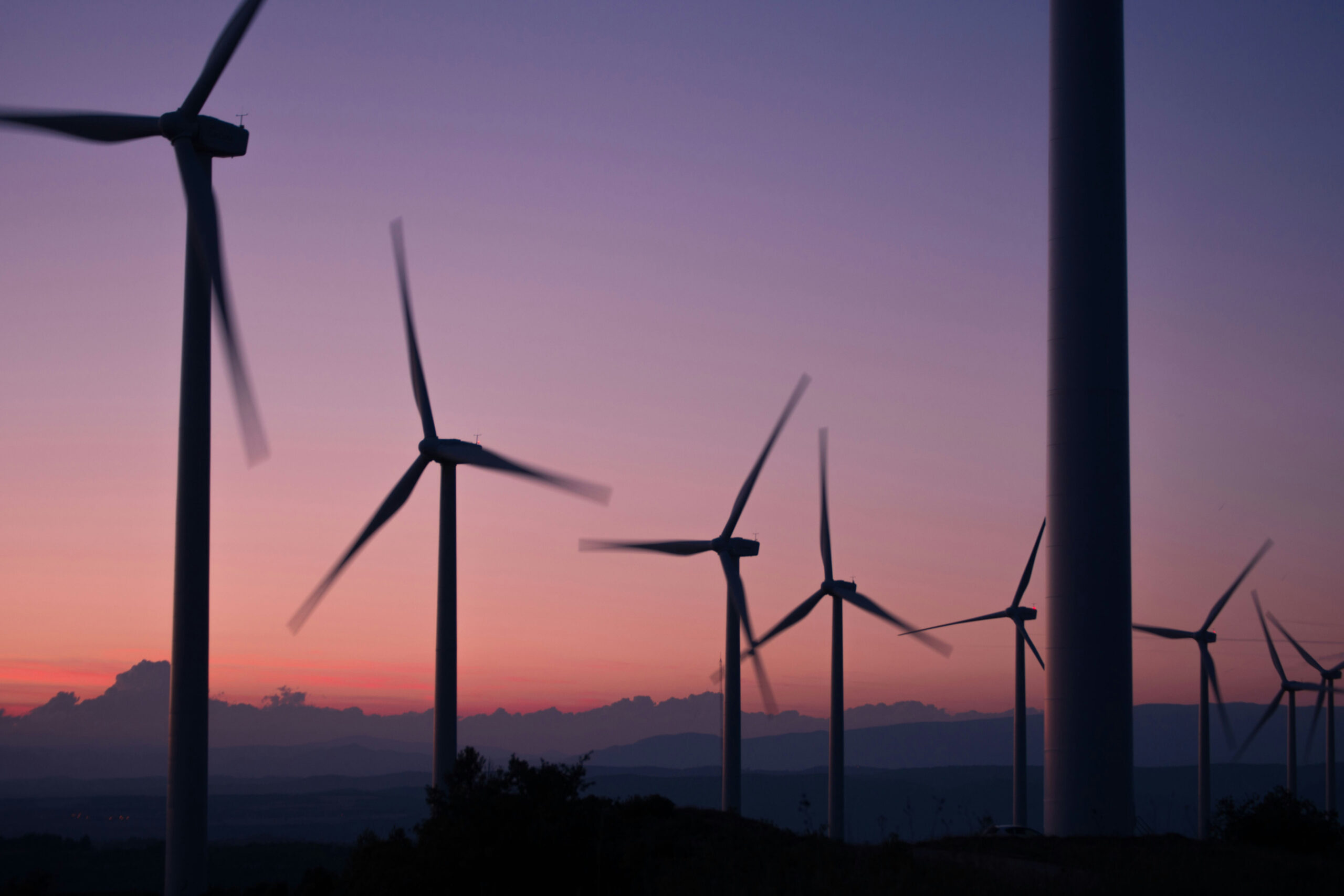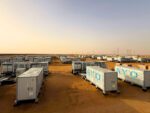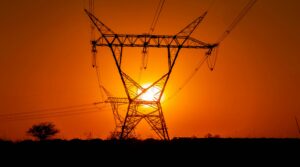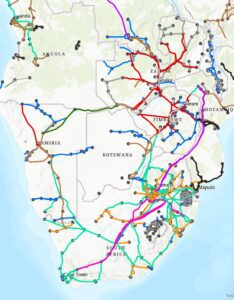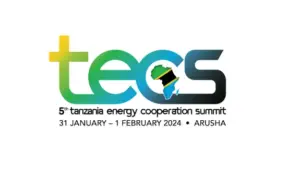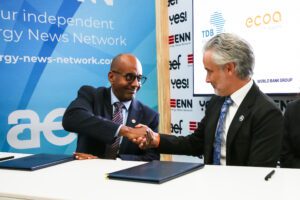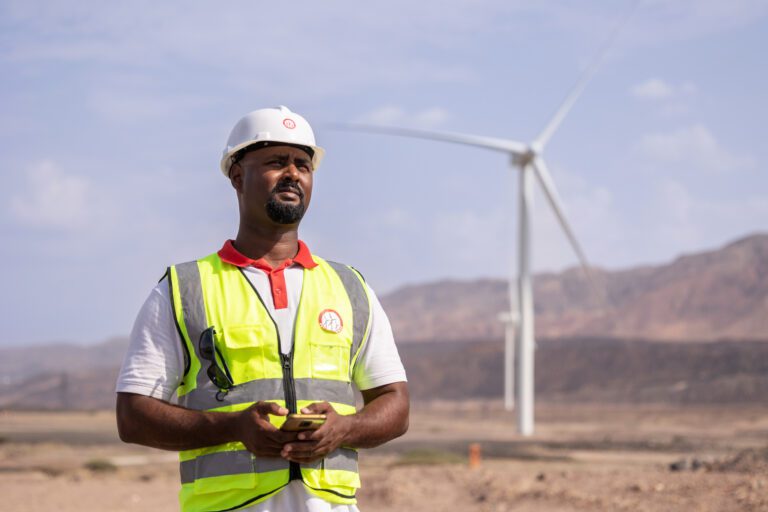
Africa’s energy transformation must be built for scale
Africa’s energy crisis isn’t just about who lives in the dark at night—it’s about what doesn’t happen during the day. Machines don’t run, goods don’t move, and economies don’t grow because the electricity simply isn’t there. AFC’s State of Africa’s Infrastructure Report 2025 calls for a new approach—one focused on scale, integration, and investment-ready solutions to power the continent’s economic transformation.
Among the many insights shared at the 2025 Africa Energy Forum in Cape Town, one number rang out to me: 1.5 gigawatts. This is the amount of power Tanzania’s new electrified Standard Gauge Railway (SGR) will need if it is to reach its full scale. It’s also the shortfall in DRC’s mining-rich south—a deficit that throttles output in one of the world’s most resource-endowed regions.
More striking than what this figure is about is what it isn’t about. It isn’t about household electrification. This is the energy Africa needs to industrialise, process minerals, build efficient transport networks, and anchor the digital economy.
Far too often, development strategies—and investors’ focus—stop at the household lightbulb.
The Energy Conversation Africa Needs
Lighting homes marks only the beginning. The journey is about powering economies. Industrial parks, mineral processing hubs, transport systems, data centres—all require reliable electricity at scale.
Without a fundamental shift in mindset, Africa risks locking itself into a low-energy, low-growth development path that cannot sustain its demographic trajectory or economic ambitions.
This is the real energy conversation—and it’s long overdue.
Our 2025 State of Africa’s Infrastructure Report makes the case plainly: to meet the demands of a modern economy, countries must target a Modern Energy Minimum of 1,000 kWh/capita. Most of Africa is well below this threshold–even in nations with high rates of residential access.
The numbers are sobering. Africa’s per capita electricity consumption is lower today than it was 25 years ago. Generation is growing by less than 2% a year—far slower than population or GDP. In 2024, Africa added just 6.5 GW of utility-scale capacity to the grid. India added nearly three times that output from renewables alone. The US added more than seven times the amount in Africa.
The gap is not only about access. It’s about ambition.
From Fragmentation to Integration
Africa’s vast energy resources—hydro, solar, wind, gas, geothermal—are globally significant. Yet they remain largely stranded. Why? Because grids don’t reach them. Because national transmission systems are underdeveloped. And because regional power pools remain poorly connected.
The solution lies in integration. A unified continental grid, guided by the African Union’s African Single Electricity Market (AfSEM), is the clearest path to scale, reliability, and resilience. AfSEM offers a roadmap to harmonise national systems, enable trade, and build a bankable, continent-wide power market.
There is precedent. Cross-border interconnectors are already reducing costs and curtailment by enabling countries to swap cheaper hydropower for expensive thermal generation. But progress is fragmented. To go further, projects must prioritise two critical steps:
- Ensure every country is integrated into its regional power pool. Angola, for example, has over 2 GW of excess generation capacity that could immediately benefit neighbouring markets in Central and Southern Africa.
- Connect regional power pools via inter-regional transmission corridors. The first major link—between Tanzania and Zambia—could be operational as soon as 2027, forming a critical bridge between Eastern and Southern Africa.
Closing Africa’s energy gap won’t happen incrementally. It demands transformational capital across the entire infrastructure chain—from generation and transmission to distributed energy systems and storage.
At AFC, we believe bankable, investment-ready solutions exist. But ambition must rise to meet the moment. Africa’s infrastructure strategy must pivot to one designed not for household subsistence—but for industrial scale.


